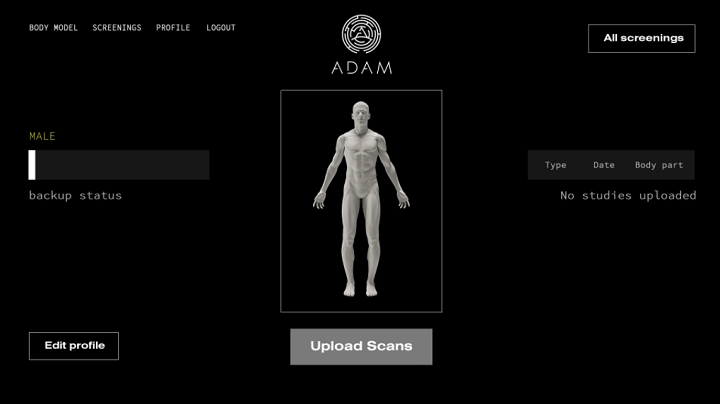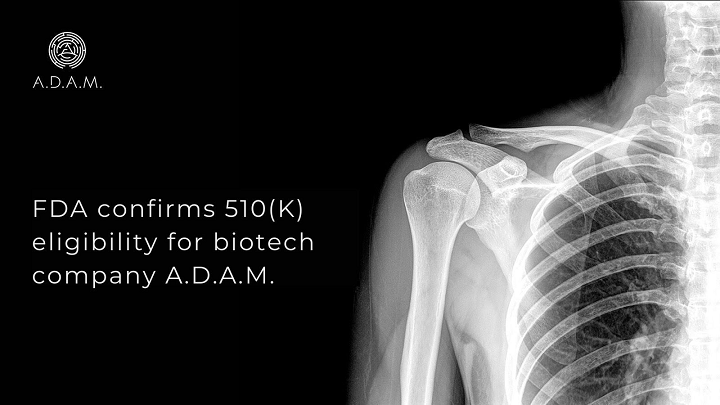China3D printingNet October 14th, as the healthcare industry becomes more welcoming and adopting3D printingAs well as the use of other technological solutions such as AI and big data, it helps to improve some long-standing problems, including the demand for materials such as organs and human tissues. Due to the weak links in the supply chain, this demand for such biological materials is often unsatisfactory.But when3D printingWith the help of, researchers can now make these materials in a laboratory environment. Jordan Miller, an assistant professor of bioengineering at Rice University and a fiber and polymer expert, believes that we can even start3D printingClinical trials. Replace organs in the next five to ten years.
However, in Connecticut3D bioprintingThe company ADAM (Advanced Development for Additive Manufacturing) believes that at least3D printingIn the case of bones, we will see a real deal in less than two years, which may actually be less than two years.
According to China3D printingNet understands that in the past 20 years, 150,000 people have died waiting for organ transplants. We cannot use the existing methods of transplanting organs from one person to another to solve this problem. The only way to solve this problem is to start creating human organs and bones as needed. “
use3D printingMaking bones and organs on demand can also save time and money. ADAM also operates outside of Ukraine, designing and constructing an on-demand organization manufacturing solution to utilize bioceramic manufacturing3D printingThis bioceramic can stimulate osteogenesis and is a modified biopolymer material with high strength and good bioabsorbability, which has just been confirmed by the company. The US Food and Drug Administration (FDA) implants are eligible for 510(k) approval… They have not yet been approved by the FDA, but they are progressing well. FDA has approved in the past3D printingHealthcare solutions. In the medical field, this is a crucial step if you want to take your innovation to a new level.
ADAM CEO Denys Gurak said in a press release: “The FDA’s response means that the time to market for this product has been drastically reduced from 5 years to 1.5 years, because only animal testing is required. We are very happy to be faster than before. To provide patients with new breakthrough treatment standards.”
ADAM regarded Stanley Black & Decker and the global investment platform Techstars as partners. It launched the 3D bone bioprinting project in August 2018, completed a round of seed financing later that year, and established a laboratory in 2019. The company has completed preclinical trials and completed another important step with the newly granted qualifications by the FDA. Animal testing is scheduled to begin this month, and ADAM, as part of the Technology Incubation Program (TIP), the company also decided to move its R&D office to the University of Connecticut. This will allow companies to use the university’s business support services and advanced research facilities, and since TIP is committed to helping new technology companies develop, this seems to be a pretty good move.
According to China3D printingWang understands that biological materials are beginning to become stronger than typical materials in the human body, which means they can serve as useful substitutes. Its modified biopolymers (based on polycaprolactone and added hydroxyapatite) and bioceramics (hydroxyapatite and borosilicate glass) have been tested at Lund University in Sweden, showing good biological Compatibility and feasibility, as well as materials that “have stronger structural capabilities compared to certain structures of the human body”. “We are currently developing infrastructure to repair bones to “free people from the body” in a more affordable way, and basically set ourselves up as a service model, which can be accessed through a cloud-based digital platform for on-demand Bioprinting.

“The ADAM project aims to support the continuous development of tissue engineering. The integrated approach will standardize the transplantation process and provide consumers with advanced technology.”
Using the business model of the project, users will use ADAM digital3D scanningBones, and use these scans, as well as MRI and CAT scans that have been uploaded to the platform, to model the patient’s tissues. Then, in the network’s certified clinics, adhesive jetting and extrusion bioprinting technology will be used to manufacture implants from the cloud on demand.
ADAM’s future goal is to start joining partner clinics in February 2021, and then complete Series B financing in the near future. The company expects that both its listing and FDA approval will take place in the spring of 2022. Although currently focused on bones, its long-term strategy covers the so-called “transhumanist vision” and ADAM’s proprietary technology that will be used to print other organizations in the future.
 3D printingThe skeleton will become a reality in less than 2 years” alt=” 3D printingBones will become a reality in less than 2 years” width=”620″ height=”349″ />
3D printingThe skeleton will become a reality in less than 2 years” alt=” 3D printingBones will become a reality in less than 2 years” width=”620″ height=”349″ />
3D printingThe skeleton will become a reality in less than 2 years. (Photo: Business Wire)
Gurak explained: “Our plan is to go beyond bones so that people can print their tissues and organs where and when they need it at an affordable cost.This will benefit millions of people. At the same time, our R&D team is studying the potential use of polymers in printing other tissues, such as heart valves and blood vessels. “
China3D printingNet original article!
(Editor in charge: admin)


0 Comments for “FDA approves ADAM’s 3D printed bones to meet 510(k) permit”